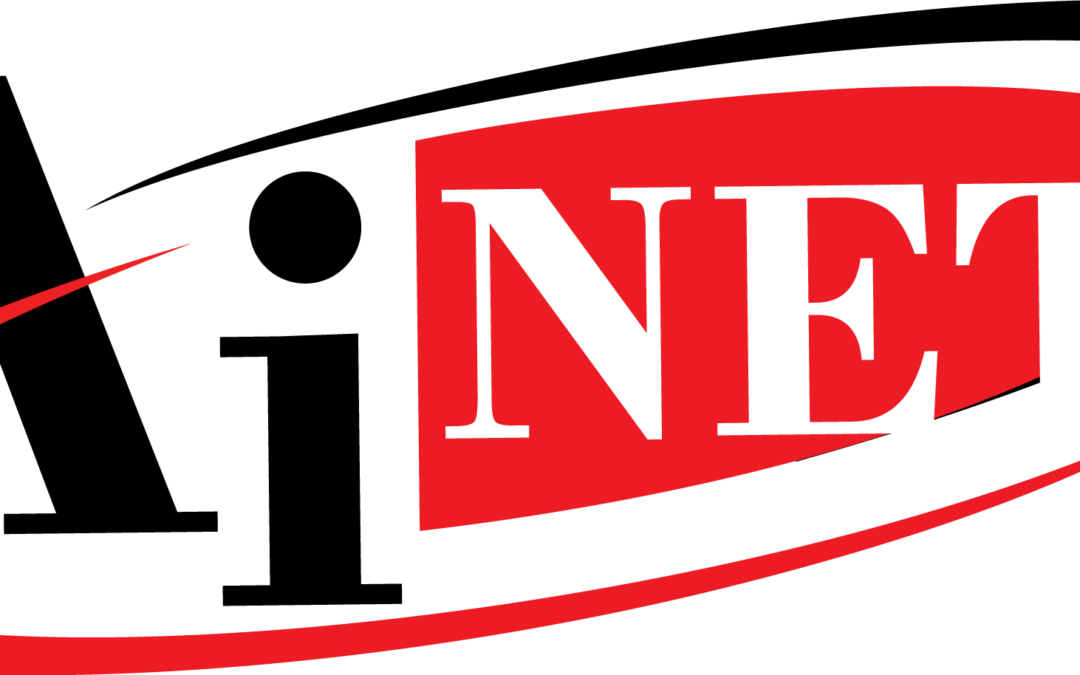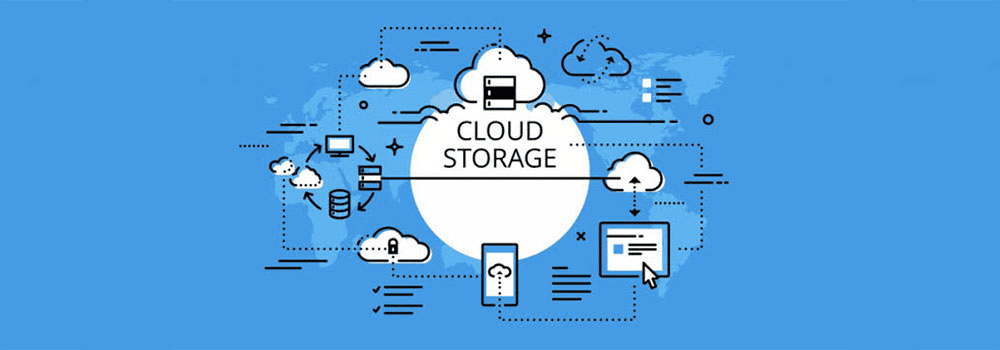
by ainet_admin | Aug 29, 2023 | Cloud storage
You use the cloud every day. You know the history, and the differences between public, private, and hybrid. Think you know everything, then? Think again! Here are some fun facts about the cloud to share with your friends and family. 1. Where? Despite the name, the...

by ainet_admin | Aug 22, 2023 | Cloud storage
In today’s fast-paced business world, it’s more important than ever to have reliable and efficient networking and storage solutions. That’s where AiNET comes in. Our all-in-one solution provides everything you need to manage your data and keep your...

by ainet_admin | Aug 8, 2023 | Cloud storage
Backing up your data with cloud file storage is an innovative and secure way to ensure that you never lose important documents, photos, music, or videos. In this article, we’ll discuss all the benefits of using cloud file storage and how it can help protect your...

by ainet_admin | Aug 1, 2023 | Cloud Storage Security
Are your devices connected to a network that’s not as secure as it should be? Are you worried malicious hackers are infiltrating your router and stealing personal data? If so, it’s time to take action! Read on to learn how to determine if your router is hacked,...

by ainet_admin | Jul 11, 2023 | Cloud storage
The allure of a multi-cloud approach is undeniable. By leveraging the strengths of different cloud platforms, organizations can mitigate the risks associated with vendor lock-in, ensure high availability, and distribute workloads for optimal performance. However,...

by ainet_admin | Jul 3, 2023 | Cloud storage
As businesses transition to a digital environment, the need for reliable cloud data storage services is becoming increasingly important. With data at the core of any successful business, proper management and security of that data are essential for staying competitive...







